World Coffee Day – How to source good coffee, wherever you find yourself
My husband Alex is a passionate coffee drinker, a tragic addict. Being from Spain, he is in constant pursuit of the ‘café cortado’. It’s not a latte, it has less milk and it’s not an expresso, it has some milk. He prefers it if the milk is warm, not added as an after-thought like it sometimes is at hotel breakfasts and definitely not a scalding 2000⁰C which is common in some parts of the world.
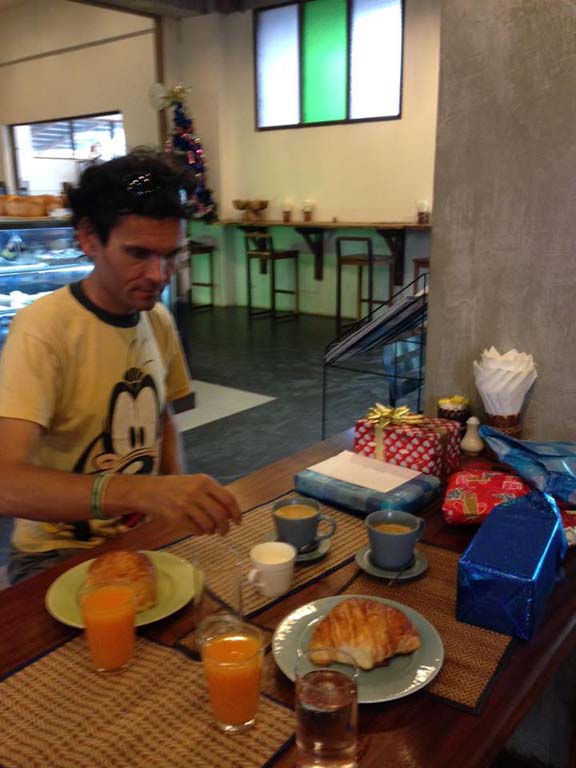
The perfect coffee experience. Christmas day 2015 in Vientiane, Laos.
Like any addiction, there are highs and lows to the coffee experience and these are particularly pronounced in an overseas environment, when the addict is presented with unacceptable uncertainties. What kind of coffee will they have at the hotel? Is there going to be a kettle in the room? During the field trip, will there be access to boiling water? Can cold milk be purchased in the village or does it lack electricity? These might seem like ‘first world problems’ to many, but I encourage you not to judge until after you’ve endured a week with Alex in what we call an ‘unacceptable coffee situation’.
On this international coffee day (October 1st https://internationalcoffeeday.org/, or September 29th in Australia) , I’d like to present tips for ensuring a good coffee is always possible, in all conditions. The most logical way to do this is to describe common environments where coffee is available and recommendations on the quality of options.
The ‘Café’
So you’ve just arrived in Bangkok after the red eye and you are pleased to see the familiar neon sign reading ‘Café’. A few things to be aware of;
- The term ‘café’ is used loosely in some countries and coffee as you know it may not actually be available here
- Note that just because a coffee machine is present, it doesn’t mean it will be used and if it is used, it might not be used in the way you expect
Recommendation: Make a quick assessment on the facilities behind the sign. Inspect the coffee machine and be specific, but as comprehensible as possible about your order. Watch for the addition of condensed milk and sugar.
The hotel breakfast
Hotel breakfasts produce the most variable quality of coffee. A few things to keep in mind;
- Usually the coffee that is refilled at your table is part of a large brew, and higher quality machine coffee can be obtained by asking
- In some hotels machine coffees are charged, whereas coffee from those horrible American diner style jugs are free
- Boiling water is almost always available, even at the most basic of hotels/guesthouses so if in doubt, bring your own ingredients and coffee making device (see below)
Recommendation: Bring your own device just in case and if you are offered the American diner style jug, attempt to order separately.
The small eatery
It’s close to midday and after an early start, you haven’t had your coffee yet. You pull up for lunch at a roadside eatery. Here are a few tips;
- In countries where coffee is grown, you can sometimes get a decent coffee at one of these places made through a simple device as shown below
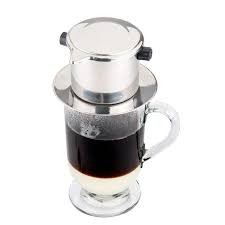
- If you are health conscious, beware of the condensed milk and sugar addition and if you’re not, go crazy – that stuff is delicious!
- In most cases, you’ll be presented with the dreaded instant coffee and even worse the ‘X in one’. ‘X’ can be any number from 3 to 7 and it’s safe to say that all 3-7 ingredients are toxic to your body. The proportions are all wrong and most are a cup full of sugar with a sprinkle of instant coffee, powder milk and an additional 1-4 unnecessary ingredients (mushrooms or ginseng for example)
Recommendation: Avoid X in one at all costs. If you see a genuine coffee making device, in a coffee growing country, consider giving it a try.
The workshop/meeting
You’ve just listened to the world’s longest powerpoint presentation and the coffee break has finally arrived. You rush to the front of the queue to assess your options. Here are some tips;
- You are likely to be presented with the large batch brew or the dreaded X in one.
Recommendation: In a city or upmarket hotel, a proper café may be within walking distance in the 20-minute time frame. Gather together a group and make a mad rush. In more basic conditions, you may consider bringing your own device and ingredients and utilizing the hot water available for tea.
The village
You are collecting data in a small village for 3 weeks. Here are some things to consider;
- Unless you are in a larger center, you will probably need to bring your own device
- If you take milk in your coffee, you might want to consider bringing small UHT milks or milk powder
- Coffee can bring people together and being the village barrister may help you to score a few extra field work assistants
Recommendation: Bring your own coffee making device (see below) and essential ingredients. Make sure you bring enough ingredients to prepare coffee for the whole village.
Here are some of the above mentioned coffee making devices that you should consider investing in.
The coffee press (plunger)

Pros: Only requires hot water and ground coffee (which you can purchase before your trip) so can be used in the most basic conditions
Cons: Annoying to clean
The stovetop maker
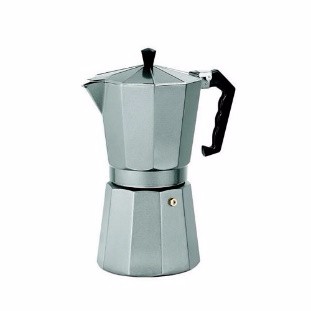
Pros: Some nostalgic Spanish and Italian people prefer this model as it brings them back to their origins. The taste can be stronger, when you don’t let coffee boil for a long time.
Cons: Requires a stove
The aeropress
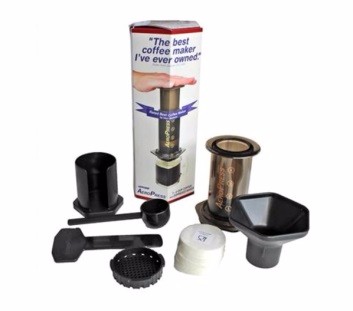
Pros: Churns out a brilliant coffee if you have the right beans and access to hot water
Cons: Can be a bit fiddly and you need to keep a stash of filters
The coffee machine
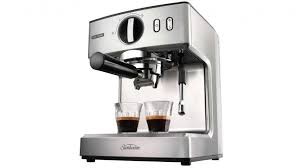
Pros: Exceptional quality
Cons: Difficult to transport and requires electricity and skilled operator
Enjoy reading RAID blogs? Submit your own blog for a chance to win some great prizes and to share your own experiences in international agricultural research for development (click here for more information)


